All previous chapters are listed in order in the Bartle Clunes archive. Click here If you are new, please start here: Introduction to Bartle Clunes .
El Dorado County, California 1950
“It’s the damnedest thing, Louvina,” he said, shaking his head. “I cannot believe it.” They were heading back home from Sacramento, winding through the ankles of the Sierra in the early afternoon light. They passed the dented road sign that said “Clarksville 5 Mi”.
“Can you imagine, Louvina? I swear, I just cannot believe it,” Bartle repeated, shaking his head. She’d never seen her husband so animated. He had *$350 cash, a sum of money he had never seen in one place at one time and certainly not in his own pocket.
They had made an early start on this unusually bright, cold February day, and arrived at the Clark Gallery by ten. Bartle was bringing three new paintings. Louvina, noticing that Bartle wore his new Stetson for the first time, said, “I am pleased as punch to see you wearing that hat, Bartle. You look as handsome as Bob Steele.”
He nodded and smiled. “I believe I do,” he said. “All I need is my horse, Brownie, and some silver spurs.”
Mr. Blake had been particularly effusive this morning. He seemed unusually happy to see them, shaking their hands, slapping Bartle on the back. He hung a little sign in the door window that said, “Open at noon today”, and invited them out for coffee. He had news and a proposition.
“The gallery sold four more of your paintings over the holidays, Bartle. I have to say we are more than encouraged by your success. Not surprised, though!” he added. Bartle and his wife looked at each other, raising their eyebrows for an instant, communicating in the subtle, silent way married couples do
“Good to hear, Mr. Blake,” said Bartle, meaning it.
“Please, call me Stephen,” the man said, and he led them to a fancy little restaurant near by, where they ordered coffee and cake. While he talked to Bartle about the latest gallery news and plans, Louvina studied the chandeliers, the red and gold flocked wallpaper, the ornate gilt mirrors, the tufted leather seats. It was all a bit too much in her opinion, but she did appreciate the cream cake.
Mr. Blake scarcely stopped talking long enough to draw breath. Finally, he leaned in toward Bartle and lowered his voice a bit. “There are people here in Sacramento, Bartle, and in the Bay Area, who are important for your career. It is time for us to hold a one-man show for you. I am thinking two weeks in July. We will send out invitations, invite reviewers and other influential people, make an event of it. How would you feel about that? Would you be interested? Could you manage it?”
“I am interested, and I would be honored, but what are we talking about here?How many works would you need?
“We should have at least fifteen, I would think.”
“Well, I don't know if I can get that kind of work together in four months,” he said, shaking his head and smiling at the thought. “But I do have several large finished pieces at home. I just don't know. I have never painted to a deadline before. What more would be expected of me, Stephen?”
“Only that you come to the opening and shake hands with a few people. And your lovely wife, too, of course!” he said turning to Louvina. “We would arrange everything.”
They set the date of the opening for Saturday, July 1, giving Bartle about fifteen weeks to prepare.
Just before arriving in Riles Crossing, they took a small detour through the junction in Clarksville. Bartle turned north and drove about one mile until they spotted a hand-painted sign on the left, “Hansen's Dairy – Milk Goats 4 Sale - $9.” He turned into the drive and parked in front of a large white barn. The farm house was old and needed paint, but was neatly kept. An enormous live oak rose up behind it. Two overfed gray and white geese were squabbling in front of the barn, and a scatter of chickens pecked around the yard.
From the truck they could see a group of baby goats of various types within a large barn. These little creatures were jumping up onto, and down from, anything they could find - hay bales, barrows, boxes, upturned buckets. Up and over, round and round they went like little horned circus clowns. Louvina and Bartle walked over and leaned on the fence to watch the playful kids butting each other, knocking one another over, and chasing around the pen non-stop. (See Hansen’s baby goats HERE )
“These are awfully cute,” said Louvina, “but we want two older milk goats, three or four-year-olds. And we do need two. Filomena keeps a few goats, you know, and she said they are very noisy and troublesome when they are alone.”
“Fair enough,” said Bartle. “Let’s go find them.”
A tall thin woman came out of the house, drying her hands on her apron, tucking in stray wisps of gray hair where pins had fallen, her lisle stockings were wrinkled a bit at the ankles. The chickens squawked and scattered as she walked through them.
“Good afternoon. I am Mrs. Hansen. How can I help you folks?”
“We are looking to buy a couple of milk goats, ma'am, and just dropped in to see what you have, if it doesn’t inconvenience you,” said Bartle.
“Not at all. We have a lot here to choose from,” Mrs. Hansen said. She walked over to where some older goats were standing about. “These two are Nubians, and that one is a Saanan. We have a handful of La Manchas as well – they are in the barn. All of them are excellent milkers, and all freshened just five or six weeks ago.”
“We are hoping for two mature, easy to handle milkers,” said Louvina, “tame ones, and forgiving of our clumsy, inexperienced hands.”
Mrs. Hansen took them on a little tour and recommended a few that she thought would be best for beginners.
“They are healthy, contented looking animals,” agreed Louvina. ”We will bring our daughter back with us on Wednesday morning and let her pick them out. Maybe you would let us try our hands at milking them before we buy them, to make sure they are a good fit for us?”
“I do recommend that,” said the woman.
Today, while Bartle and Louvina were becoming wealthy down in Sacramento and meeting goats in Clarksville, Ayla and Lonnie had finally taken the twenty-mile drive down to Auburn to see about her found diamond. They went to the jewelry store recommended to them by the lapidary down in Jackson.
She unwrapped the stone from a wrinkled hankie and handed it to the jeweler, telling him how she had found it and asking if he would be interested in buying it. He took his time, examining it very carefully, turning it round and round under the bright lamp, studying it with his glass.
“It is not a fancy diamond,” he said, “but it is nice. It seems a miracle to me, young lady, that you found this stone – one little gem in a billion grains of sand.” He offered her *$28 for it. “It is the best I can do,” he said firmly.
“That sounds fine, sir, thank you,” she nodded, agreeing to the sale without another question. When they were out in the street again, with the money in her pocket, she looked at Lonnie he looked at her. They turned around, grabbed each others' hands and sprinted down the sidewalk without looking back, in case the man should change his mind. They ended up in an ice cream shop four blocks away, both of them breathless and laughing. Ayla ordered two banana splits, saying, “My treat.”
(NB: In 1949, $1.00 had the same purchasing value as $12 in 2022. Bartle’s windfall of $350 would be equivalent to about $4,200, Ayla’s $28 gem , about $330, and the $9 goats were about $108.)




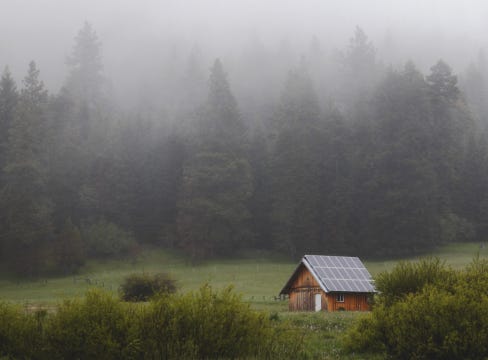
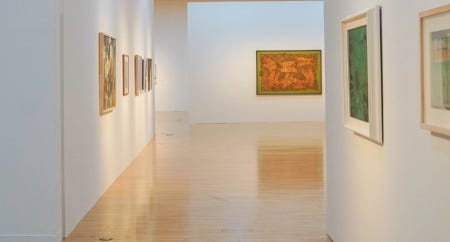
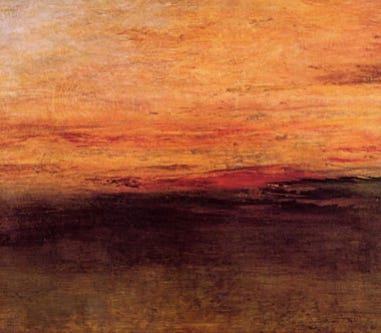
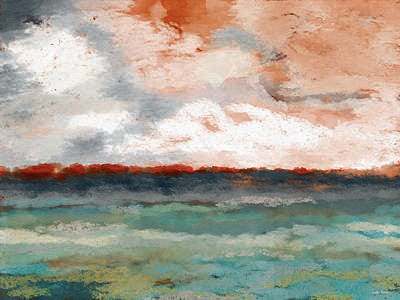
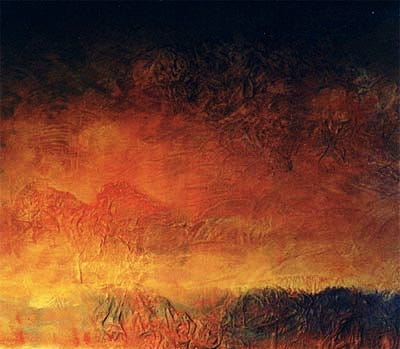
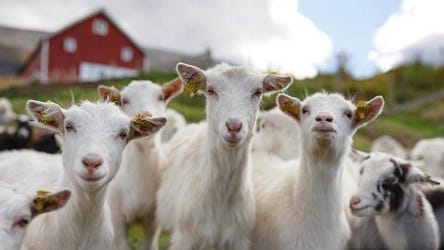
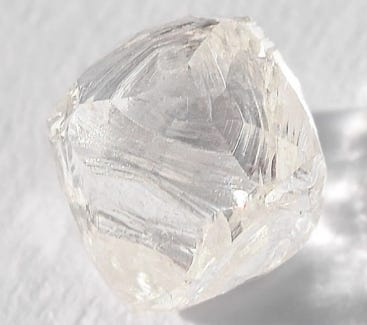
It’s raining money!
It's amazingly true to that era, where hard work begat unexpected wealth.